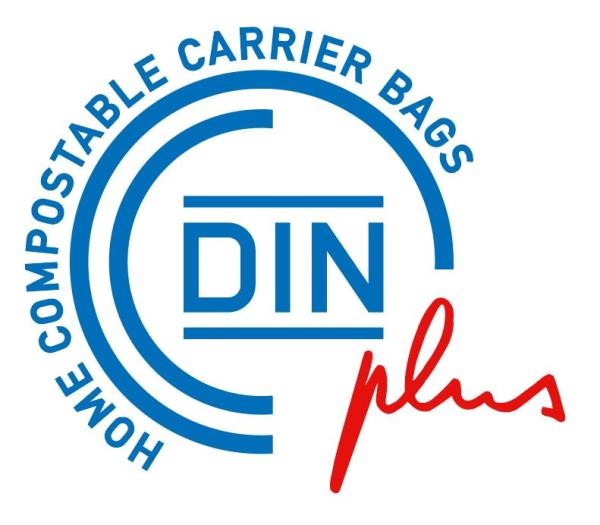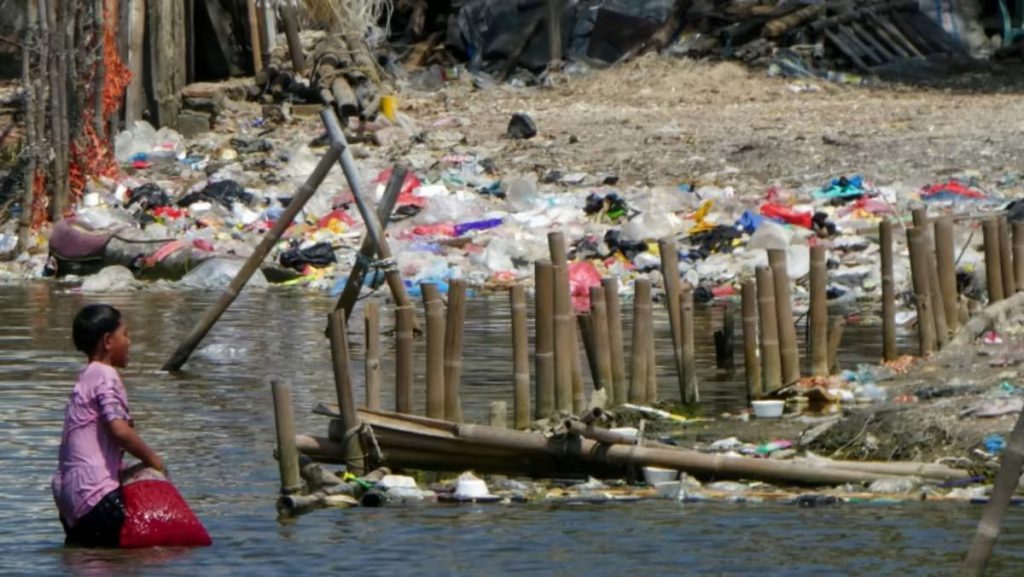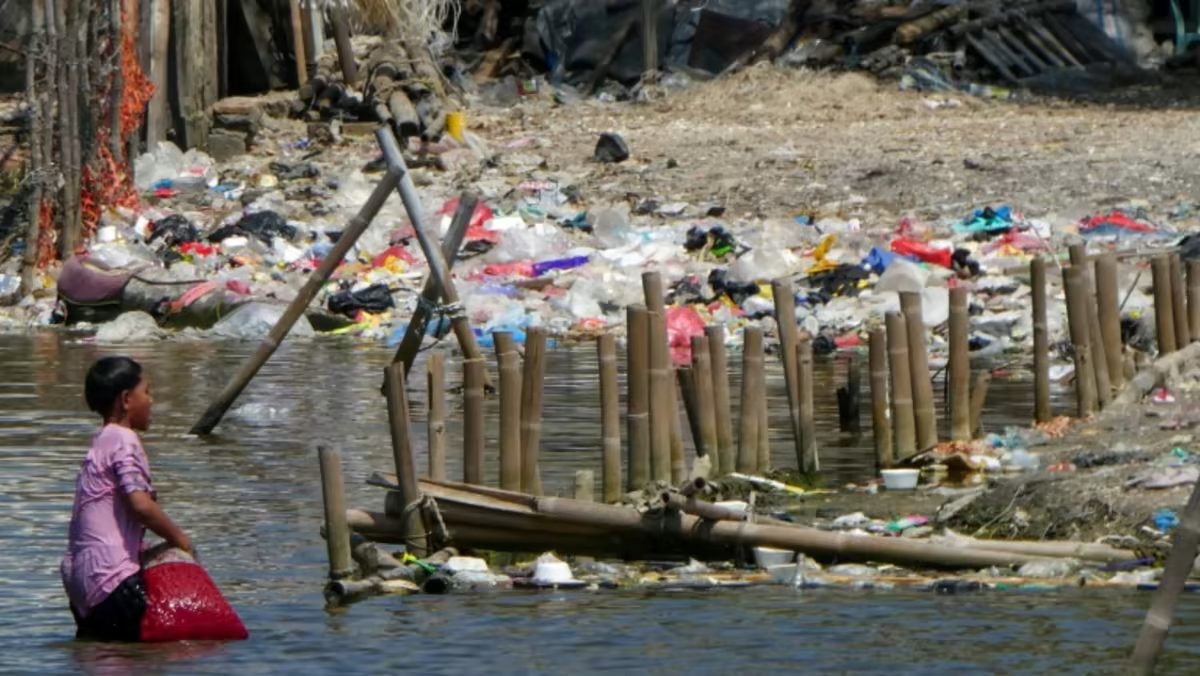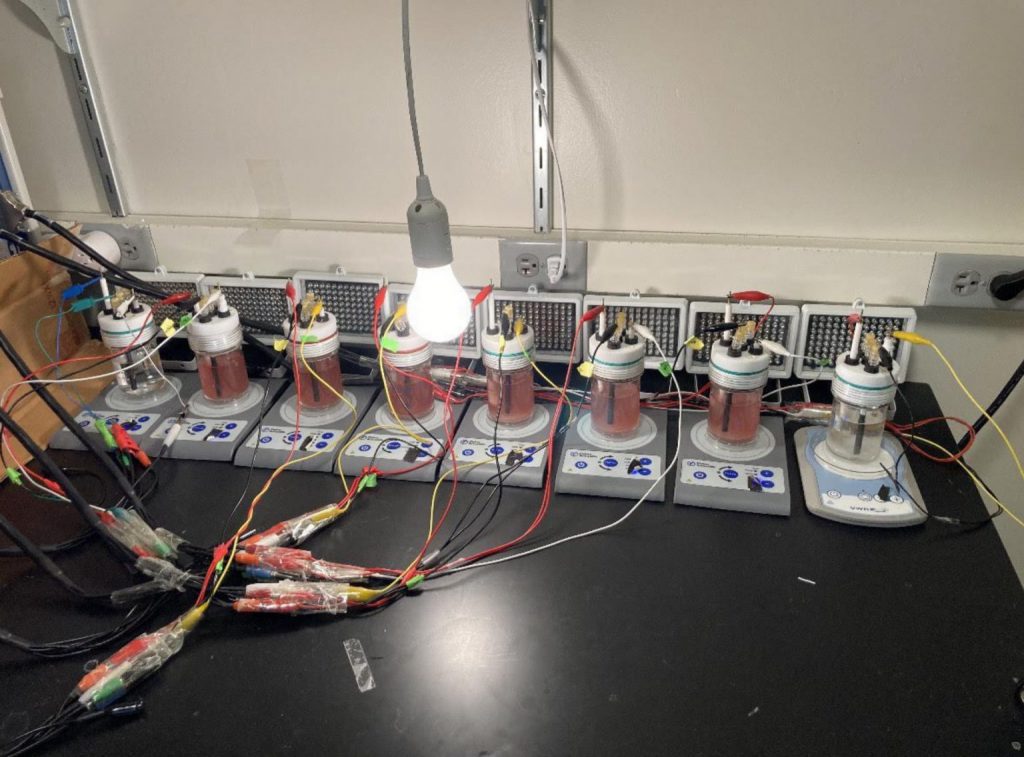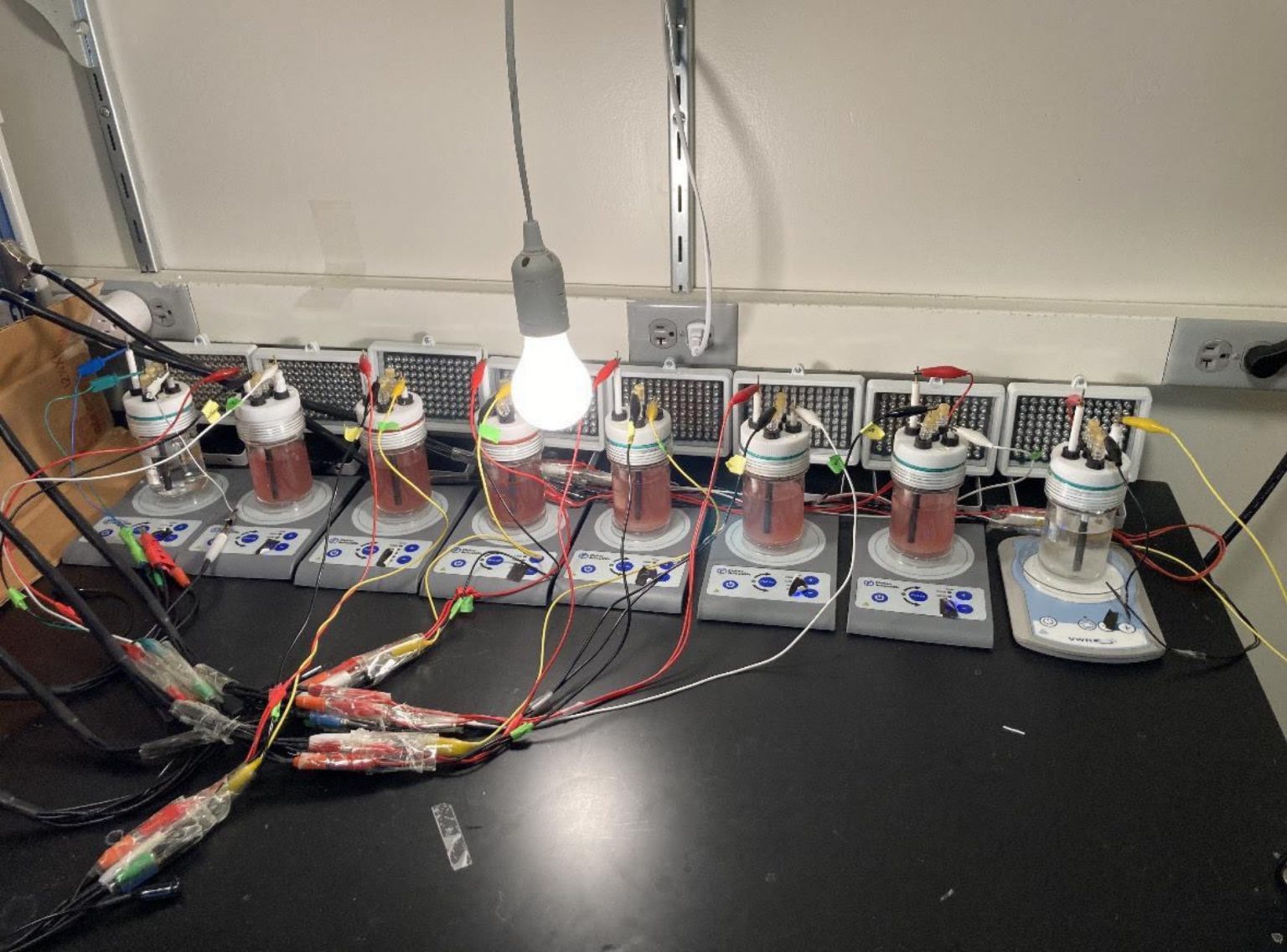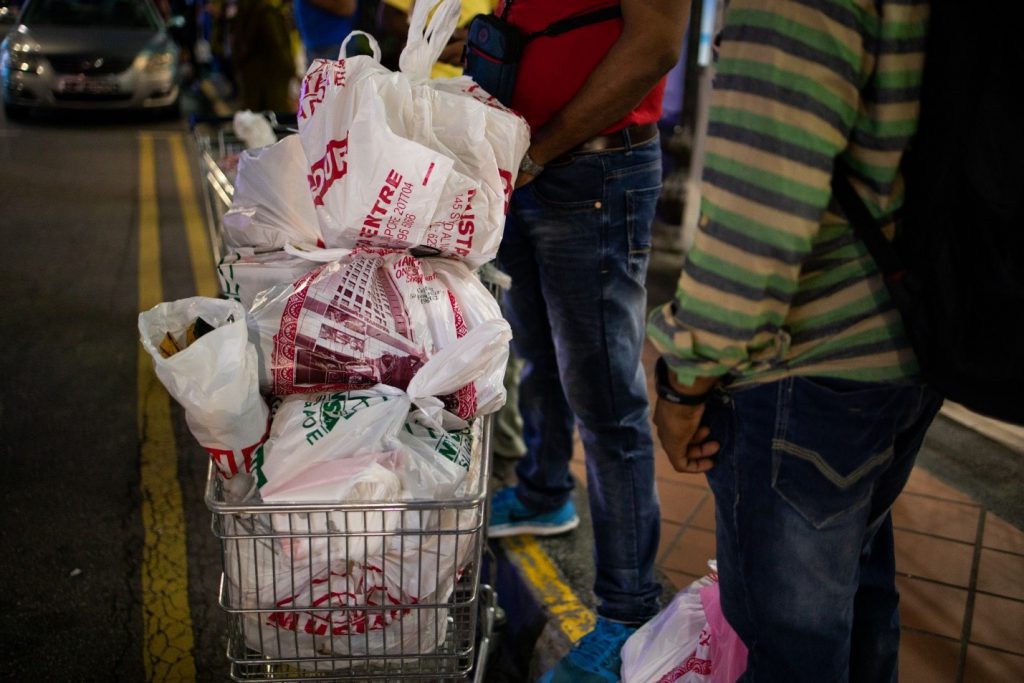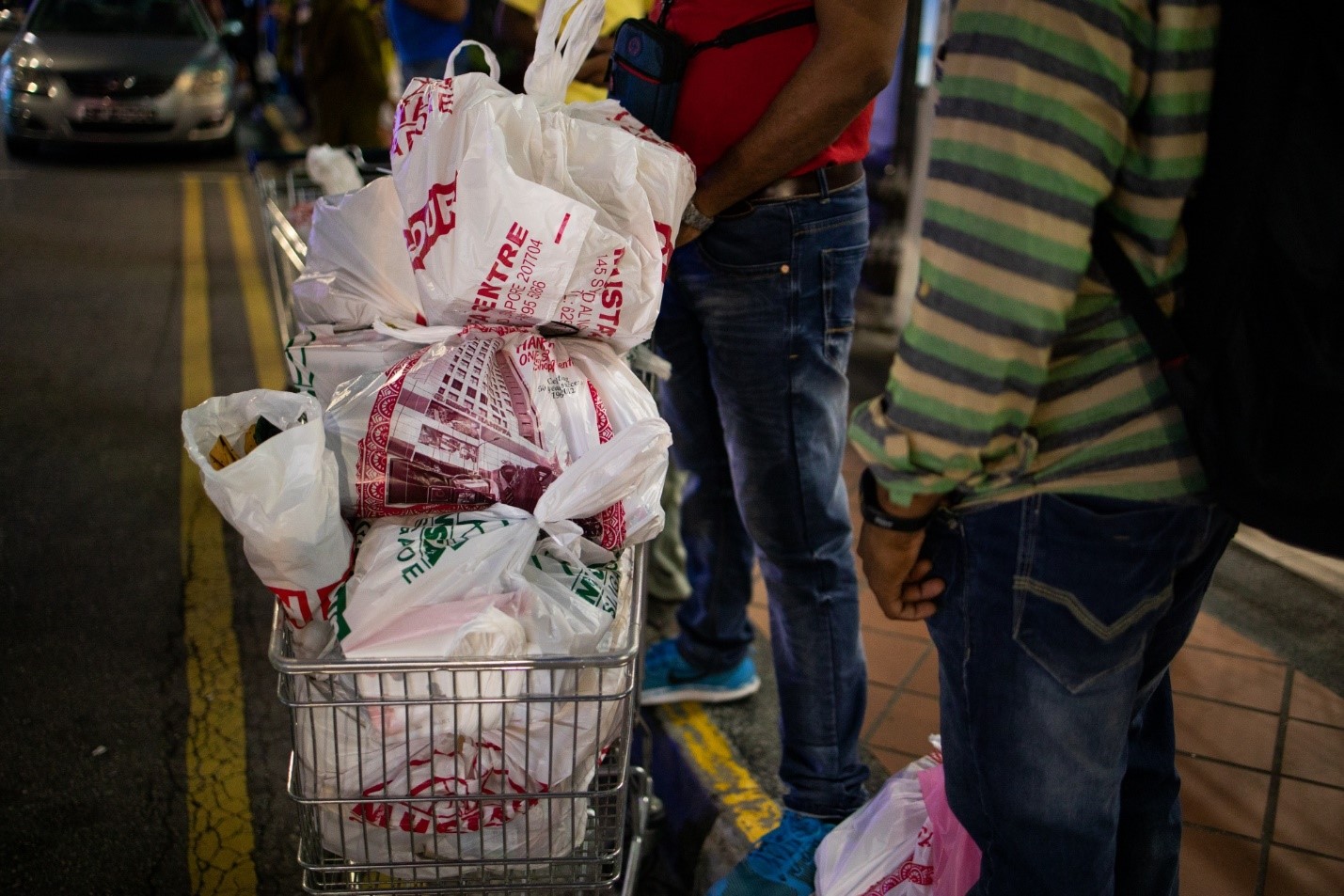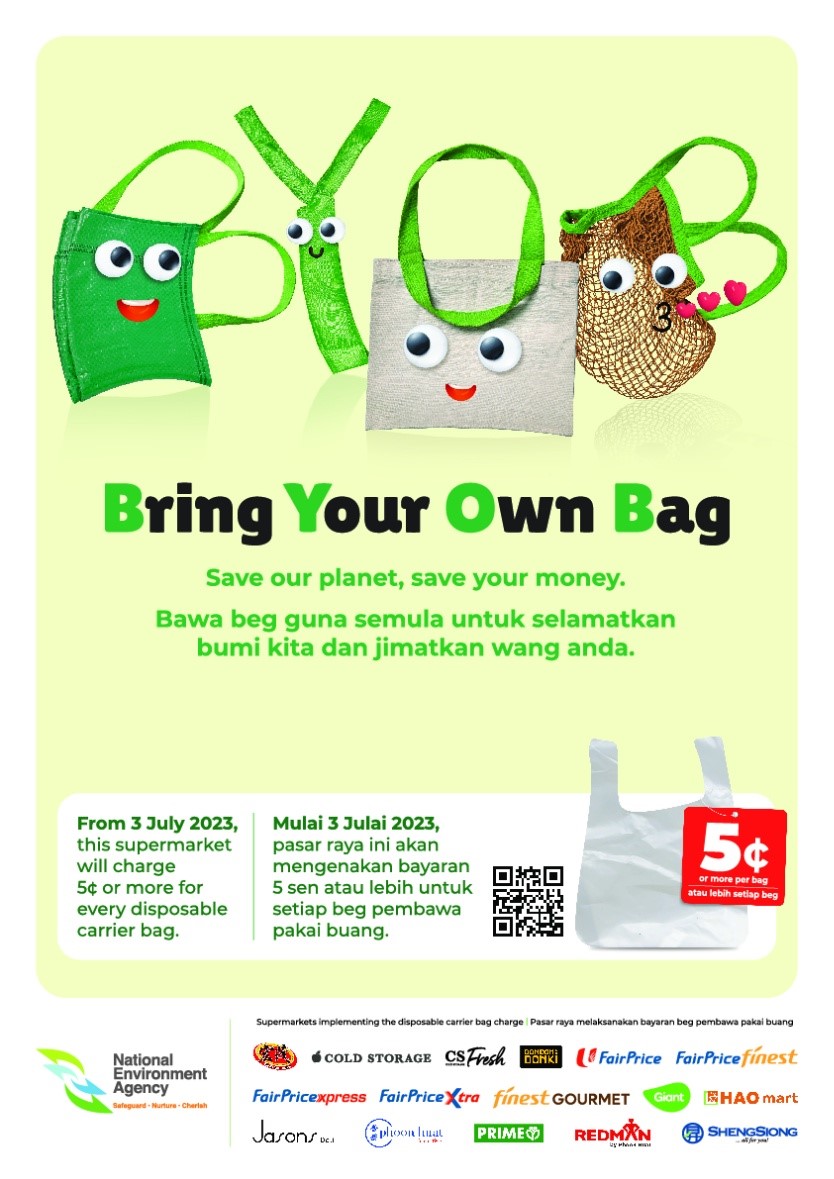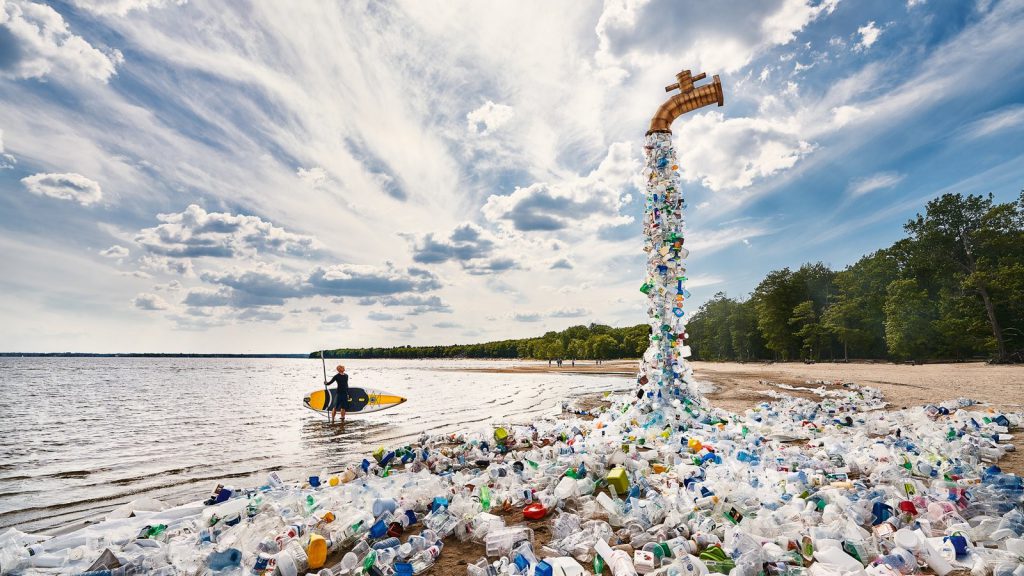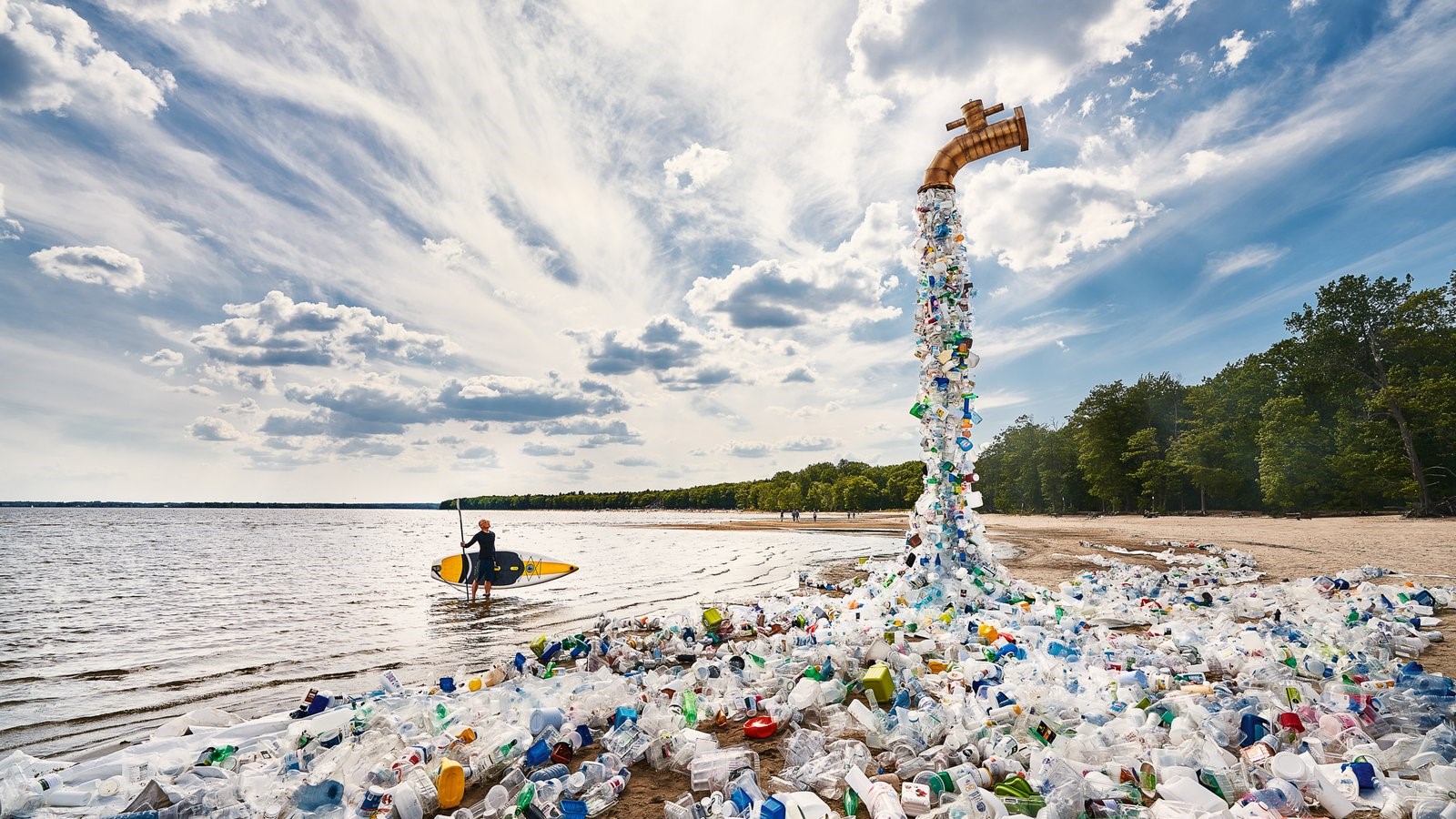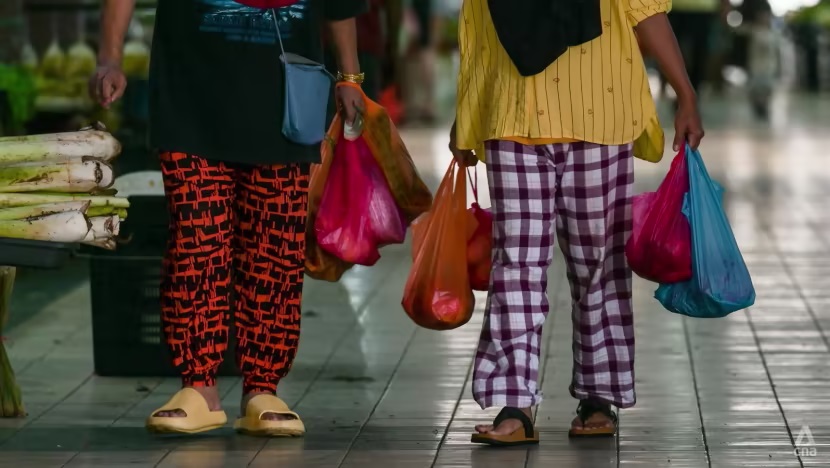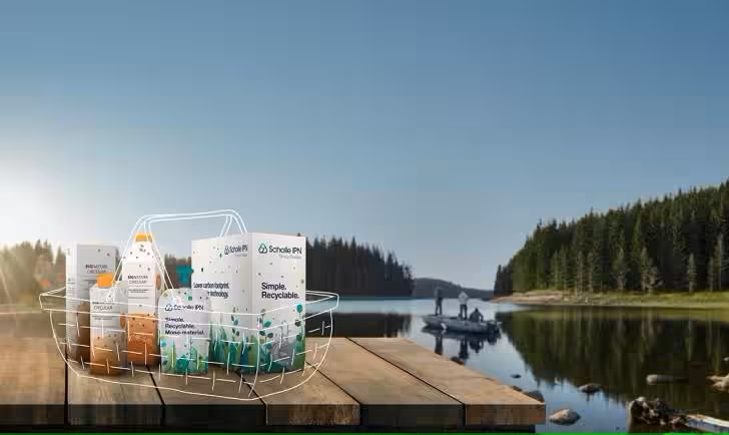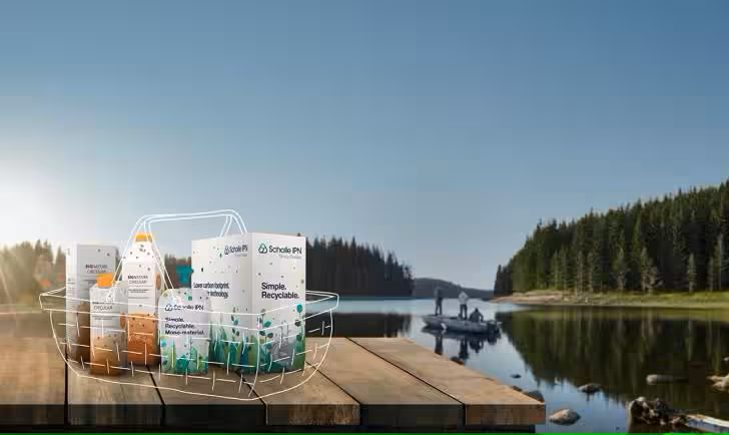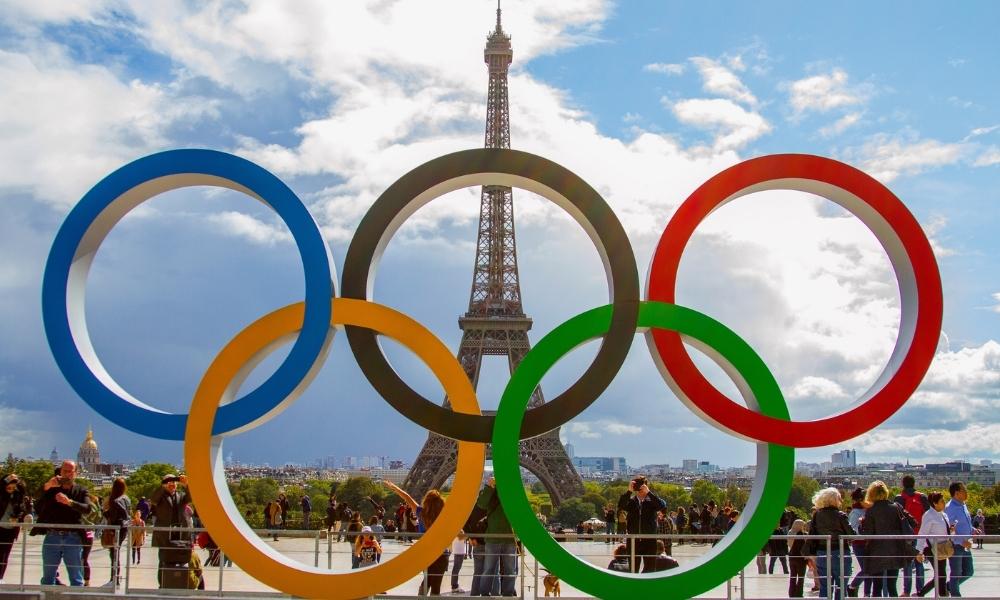Cigarette butts, plastic bottles, takeaway containers, food wrappers, plastic bags, and straws.
These are just some of the waste items that are collected from the coastlines during Reef Check’s international coastal clean-up events every year.
Reef Check is an international non-governmental organisation that dedicates itself to the conservation of coral reefs.
Throughout September last year, a total of 300,183 waste items weighing 24,301 kilograms were collected during the clean-up in Malaysia. The clean-up took place along 394 kilometres of coastlines around the country with the help of over 9,000 volunteers.
Plastic bags made up 11.52 per cent of the waste that was collected.
“Plastic bags make up the top five categories of trash collected each year,” Reef Check Malaysia program development manager Theresa Ng told CNA.
“It’s quite disheartening to see plastic bags anywhere, whether it is on the beach or parks or on roads,” said Ms Ng.
With the amount of plastic pollution she has seen firsthand, Ms Ng told CNA that she is supportive and heartened by the recent announcement by the Malaysian government to eliminate the use of plastic bags across all business sectors by 2025.

In early May, Natural Resources, Environment, and Climate Change Minister Nik Nazmi Nik Ahmad announced that the implementation of the ban is being done in phases.
“The government is taking a phased approach in introducing each action plan under this plan so that it is more effective, and the people understand the rationale for each action plan while at the same time encouraging them to act or make positive and environmentally friendly choices,” he said in a speech at an event on May 9 where retail grocery chain 99 Speedmart launched their no plastic bag campaign.
The policy announced by Mr Nik Nazmi is part of Malaysia’s Roadmap Towards Zero Single-Use Plastics 2018–2030.
With the government moving ahead with its plans to eliminate the use of plastic bags, those on the ground call on the authorities to set clearer guidelines on the ban for an item they consider an essential part of daily living.
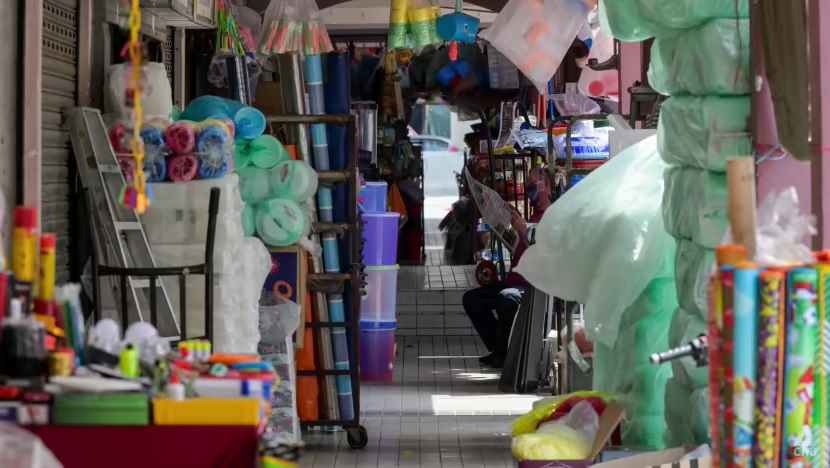
PLASTIC BAGS STILL SEEN AS A NECESSITY
In Malaysia, plastic bags are still considered by many to be a necessity. It is widely used at grocery stores, food shops, wet markets, and hawker stalls among others.
The Malaysian Plastics Manufacturers Association (MPMA) has previously estimated that Malaysians use about 9 billion plastic bags every year.
According to a study commissioned by the World Wildlife Fund (WWF) in 2019, Malaysia has the highest annual per capita plastic usage at 16.78kg per person.
The study also said that Malaysia ranks the second highest in overall generated plastic waste.
Traders and their customers however say that one of the biggest obstacles to a “no plastic bag” campaign is changing the minds of customers, especially when they purchase groceries such as meat, fish, and vegetables.
Pasar Besar Jalan Othman Traders Association vice-president N. Rajaratnam said that he supports the ban on plastic bags, but has noticed that most of his customers were apprehensive about it.
Mr Rajaratnam, a chicken seller, told CNA that less than one-tenth of his customers bring their own containers when they purchase chickens from him.
“Most other customers say that they need plastic bags to carry their items. For traders (like me), the ban on plastic bags would be good because it is (an added) cost for us,” he said, adding that he spends an average of RM400 (US$118) monthly to purchase plastic bags for his business.
“It is also good because the use of plastic is not good for the environment. The government should promote more awareness to the public on this.”
A market goer who wanted to be known only as Mrs Kim, 62, told CNA that using plastic bags was more convenient for her when it came to purchasing fresh produce and perishables.
“By using plastic bags for wet groceries, I can simply store my groceries when I get home and throw away the dirty plastic bags. If I want to use a reusable bag, I have to carry it around with me everywhere and wash it at home,” said the retiree, adding that she also uses the plastic bags to throw away her rubbish.
Mrs Kim stressed, however, that she would not purchase plastic bags on her own and would only use them if they are given free of charge.
CHANGE OF BEHAVIOUR NEEDED
Mr Nik Nazmi had said that the key success of the initiative to ban the use of plastic bags depends on the change of behaviour among the public and traders.
“It is hoped that more individuals and industry players will play a bigger role in reducing the usage of plastic bags,” he said during the event on May 9.
Since early May, one of Malaysia’s most recognisable chain stores – 99 Speedmart – has stopped providing plastic bags to its customers. The company has 2,387 outlets all over the country.
“The decision was made to address environmental concerns associated with plastic pollution. By discouraging the use of single-use plastic bags, the government aimed to promote sustainable practices and reduce the negative impact on ecosystems,” a 99 Speedmart spokesperson told CNA.
The spokesperson said that while a few customers might find it inconvenient to carry a reusable bag, it can be more cost-effective and eco-friendly.
Instead of providing plastic bags, the company now sells a reusable bag for RM2. The bag can be exchanged if it is damaged, faded, torn or broken.
The spokesperson from 99 Speedmart said that an average of 41 milllion plastic bags were provided to customers annually.
“This means we can prevent 41 million plastic bags from going into the environment. We believe that the campaign not only has a good impact on the environment and customers but also holds significant potential for fostering a more sustainable and responsible society,” said the spokesperson.
Malaysia had previously introduced a No Plastic Bag Day program in 2011 to discourage the use of plastic bags for carrying items purchased from shopping stores.
Over the years, states like Penang, Selangor, Johor and Negeri Sembilan have also taken steps to become plastic-free through initiatives like charging for plastic bags.
Penang, however, has been on the forefront of being plastic-free, even before the campaign was launched. In July 2009, it was the first state in Malaysia to launch an initiative to reduce plastic bag usage by charging RM0.20 per bag.
Since Jan 2021, shoppers in Penang are charged RM1 for each plastic bag purchased from Thursdays to Sundays. No plastic bags are sold on the other days.
The policy applies to hypermarkets, supermarkets, departmental stores, convenient stores, fast food restaurants and pharmacies among others. It does not apply to hawkers, traders, and wet markets.
Penang state environment committee chairman Phee Boon Poh told CNA that the state has managed to cut down plastic bag use by 78 per cent between 2020 and 2021.
“It has taken a while but people have accepted this policy. About 84 per cent of people bring their own bags. The others are mainly visitors who are not aware of this policy in Penang,” he said.
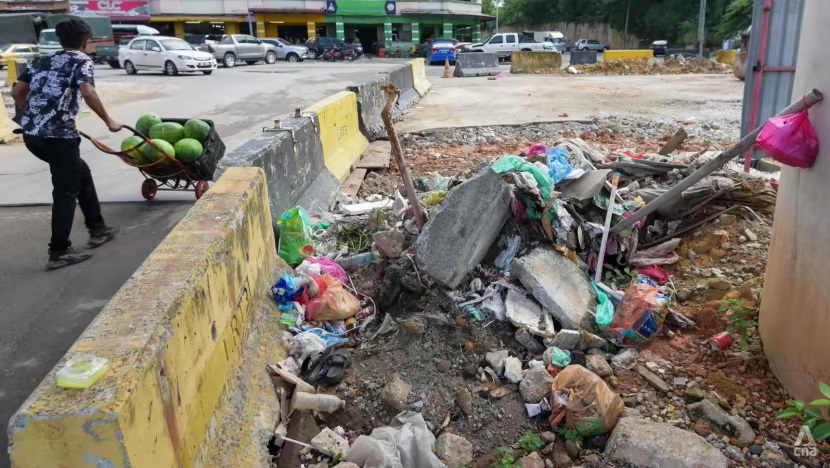
SUCCESS OF INITIATIVE DEPENDENT ON EXECUTION BY GOVERNMENT
Ms Khor Sue Yee, the director of Zero Waste Malaysia, said the organisation fully supported the announcement by Mr Nik Nazmi but wanted more details about how the policy would be implemented.
Zero Waste Malaysia is a non-profit-group that advocates for sustainable development whilst aiming to increase the local community’s awareness of sustainable living.
“If we can recall, there was an announcement of the ban of single use straws back in 2019 but at the moment, we are still able to see people drinking with straws everywhere,” she said.
Ms Khor said that some local supermarket chains have taken the initiative to stop providing plastic bags to their customers. Instead, these chains sell reusable bags.
“Of course there will be people who complain but they will get used to it and bring their own bags,” she said.
Ms Khor believed that a two-year timeline for the ban on plastic bags was practical and that the success of the plan would depend on the action plan.
“There is a need to shift from single use to a circular economy. This however cannot be achieved without implementation from the government and certain pressure on manufacturers and industries. It might be difficult, but it is doable,” she said.
The enforcement of the campaigns, Mr Nik Nazmi had previously said, would come under the respective state governments with the local councils to handle the implementation.
WWF Malaysia said that it was supportive of the plan but said that execution was the key to ensuring the impact and effectiveness of it.
“While we acknowledge that this ban will help in the phasing-out and reduction of single-use plastic and encourage consumers to adopt more sustainable habits, there should also be clear steps on how this ban will be implemented in the retail industry.
“Furthermore, improved waste management and responsible production and consumption of plastics should also be looked into,” it said in a statement.
They also said that the ban should be complemented by clear targets and timelines to ensure progress is made gradually towards eventual elimination.
“The detailed specification of targets and schedules can also help to reduce the prospect of confusion and market disruption, and create clear expectations for producers and retailers.
“Monitoring and enforcement activity would play a significant role in ensuring the effectiveness of this ban,” they said, adding that the plastics problem is so large that it has to be tackled by all parties – from the government, to businesses, civil societies and the public.
